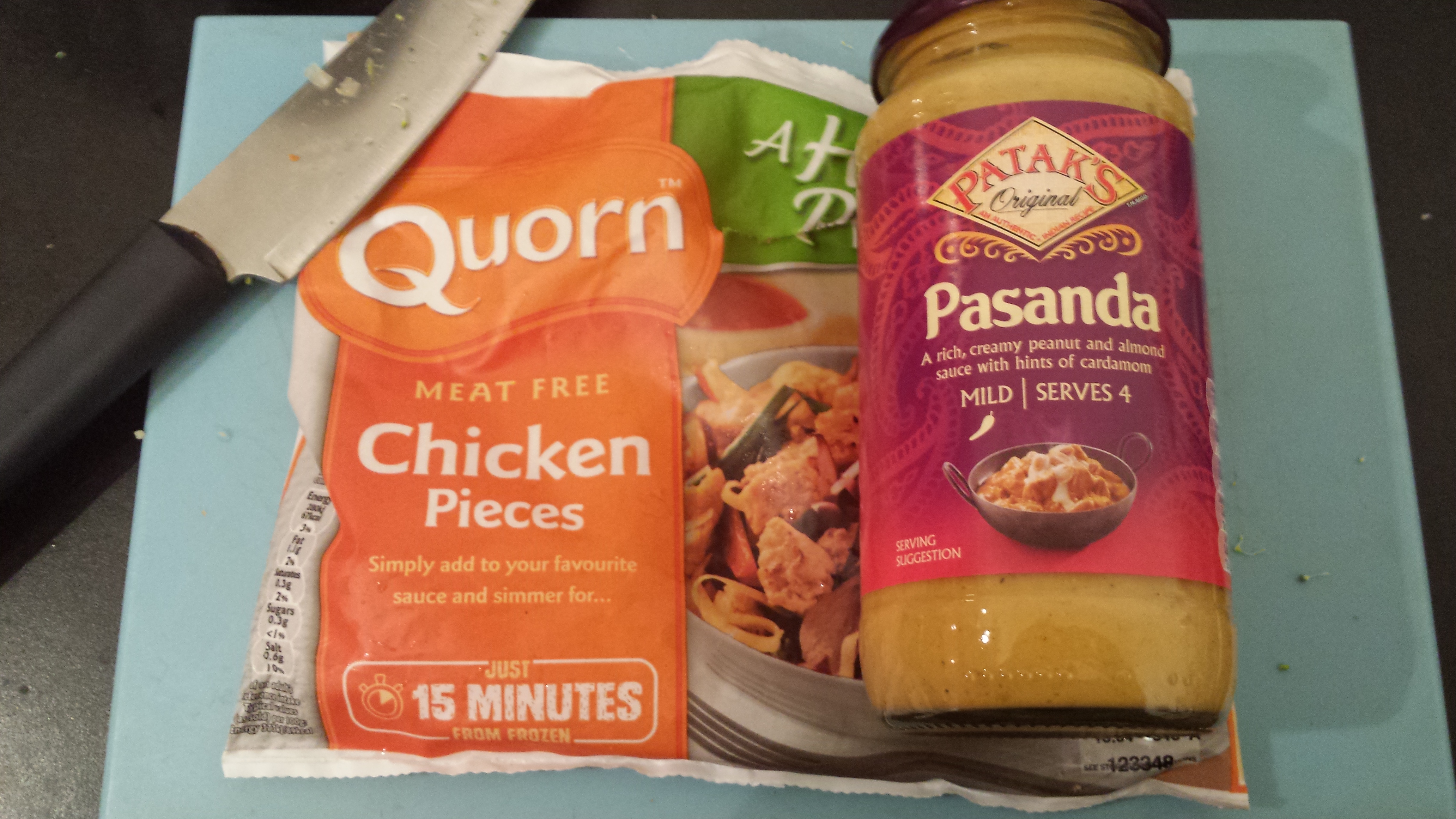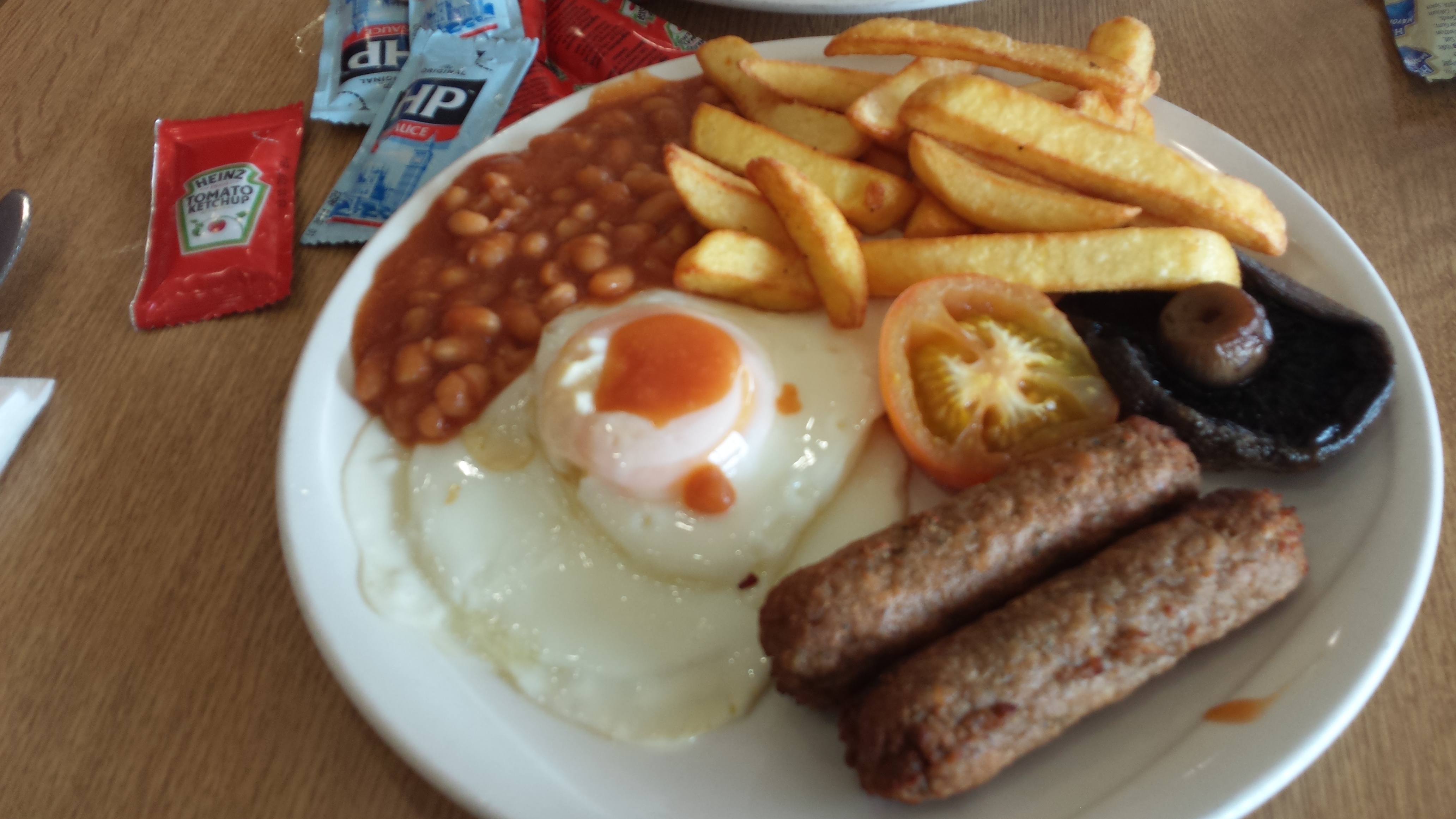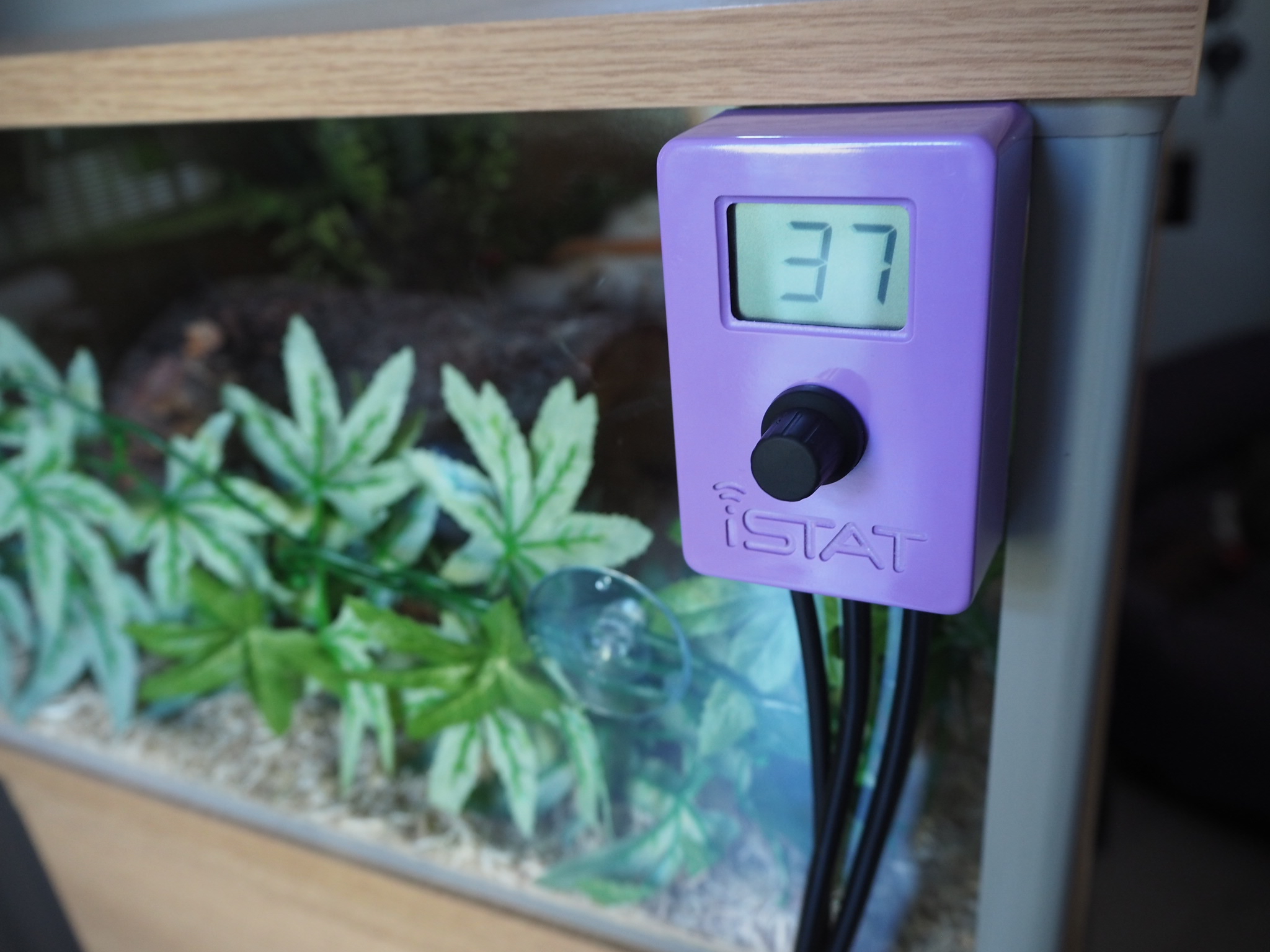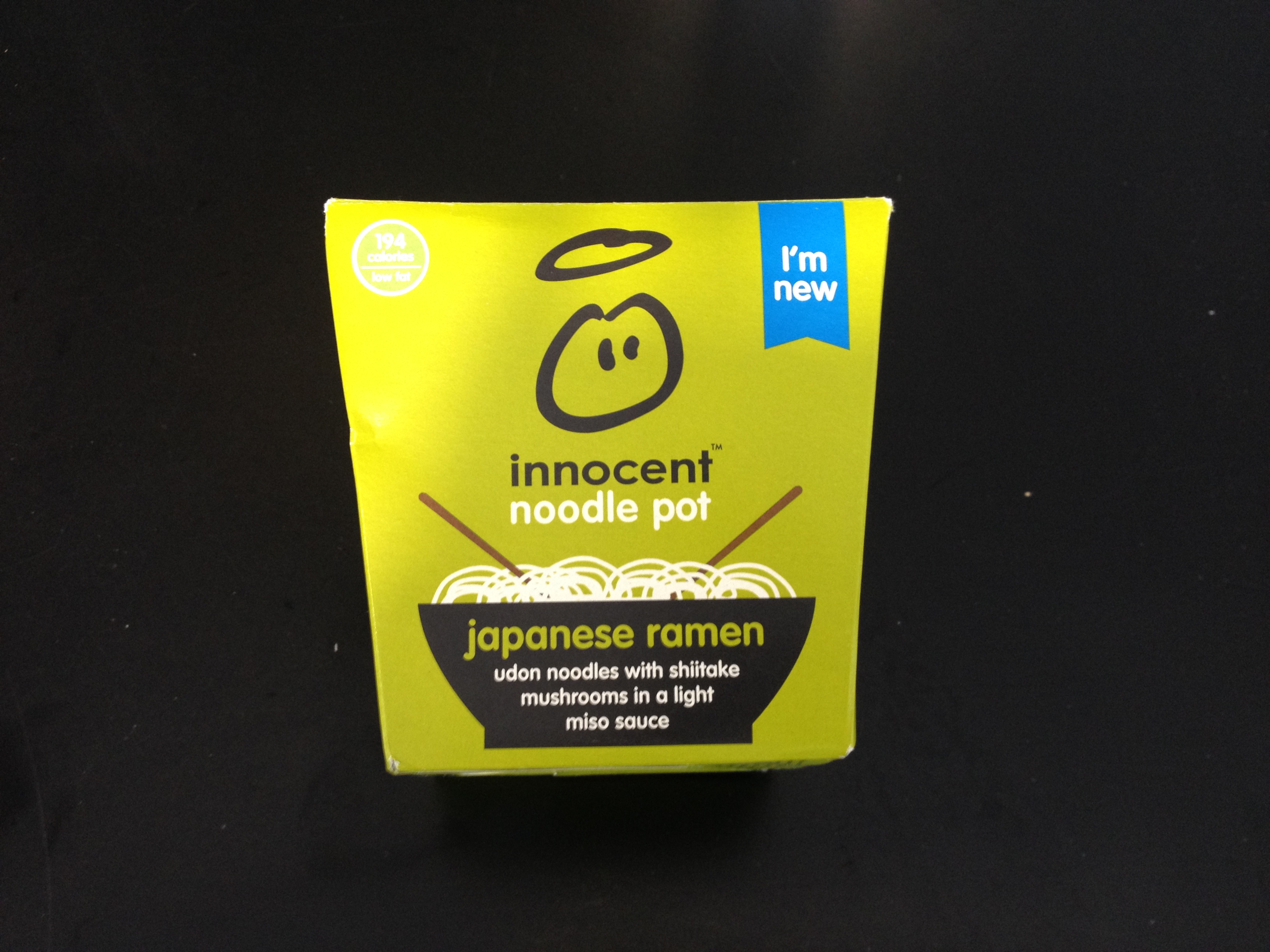Why the Price of Coffee Beans Increased So Much in 2021
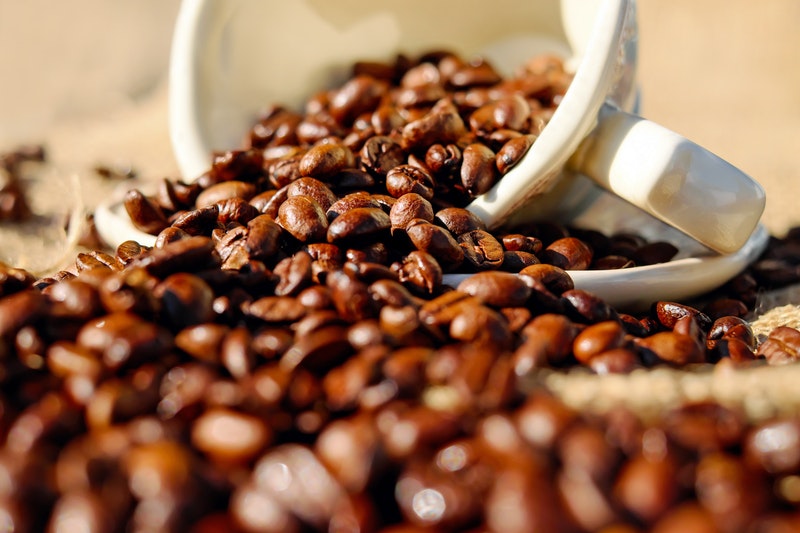
Many people have noticed a big squeeze in prices on everyday items in recent months and years.
The fallout of a global pandemic and unprecedented economic times has led to a cost of living crisis in some parts of the world, and huge levels of inflation. The US and the UK, two of the world’s biggest coffee consumers, are experiencing a huge spell of inflation.
Coffee beans are rising in price, like a lot of other items you may buy from the supermarket, or order online. In fact, coffee bean prices are rising disproportionally. Some reports of 85% price rises show what a huge strain the industry is under. So, why did the price of coffee beans increase so much in 2021?
What is Causing The Price Increase?
Growing conditions are largely to blame for coffee prices going up. Oats are one of the only other commodities that have seen the same level of growth and these are similarly impacted by the weather conditions.
In Brazil, the country that accounts for the biggest individual share of coffee growth in the world, there were weather conditions that made a huge impact on the harvests. First, droughts, and then severe frosts, killed off many of the crops.
Arabica coffee production in Brazil was down 40% in 2021, and this has caused a big squeeze in the industry.
A similar thing happened in 2011, and prices have recovered, but industry experts are predicting that things might not rebound so quickly.
Brazil wasn’t the only country that experienced issues. Colombia saw wet conditions compared to a usual year, and this meant that the crops were not as prevalent.
The coffee industry also had to deal with the same type of issues many other industries are experiencing. Energy costs are rising, and the price of fertilizers has also increased. The fact that coffee can take years to grow can cause people to panic. Costs tend to greatly increase quickly as the industry panics, and that is exactly what we expect.
The outlook isn’t great, though. Ole Hansen, head of commodities from Saxo Bank has expressed the fact that the industry isn’t likely to recover quickly. The change in climate in Brazil has had a knock-on effect that could take years to recover from.
The Global Shipping Crisis
The world is also in the grips of a shipping crisis caused by the pandemic, and container prices have experienced hyperinflation due to demand. A 40-foot container shipped from China has, in some instances, increased by between 500 and 600%.
This issue isn’t specific to the coffee industry, of course, but in a business that is already experiencing some big squeezes, it certainly isn’t helping. Virtually every industry is passing these extra costs on to their consumers in one way or another, and coffee is no exception.
Passing the Price to Consumers
Trading in coffee will almost inevitably lead to consumers having to pay more for their morning cup of coffee from the coffee shop, or for coffee beans when they go to the stores.
Reports suggest that the prices for the consumer rose by 7% in 2021. Coffee remains a product with an incredible markup when you buy it from a coffee shop. It is suggested that the markup on a cup of joe from one of the chain coffee shops is around 80% markup, with coffee costing just 20% of the total cost. A $3 cup of coffee may well cost just $0.60 to make, so it could be possible that big retailers swallow some of the rising costs.
Coffee costs do fluctuate naturally. Around 10 years ago coffee prices hit a similar high, so there is a chance that the costs will come down again in time, but the issues impacting upon the price don’t seem to be ending any time soon.
Will The Increase Continue?
Many industry experts think it could get worse before it starts to get any better. The impacts of last year’s weather conditions will continue to be felt in 2022 and 2023. Even if prices don’t change for coffee shops and importers, a more steady, higher rate on the coffee they are buying makes it less likely that the companies will swallow the costs.
Long term, climate change could have a profound impact on coffee growers, and some have even predicted huge cost increases and coffee becoming harder to come by, though this could take decades.
Conclusion
The economic state of the world continues to change and evolve, but there is little doubt that coffee has experienced one of the most dramatic changes. The C price (industry standard) for Arabica (green unroasted beans) has risen by over 80% in 2021. Robusta coffee, a growing alternative, but generally agreed to not be as tasty as Arabica coffee, also increased by up to 40%. There will always be ups and downs in commodities, but the coffee increase may be more than a temporary blip.
